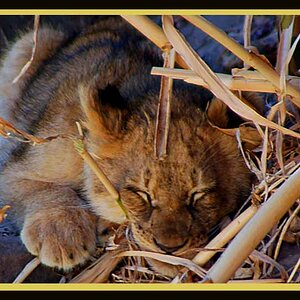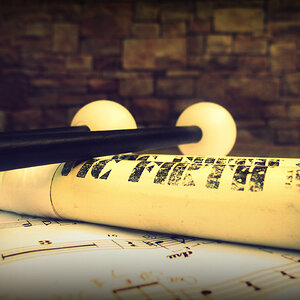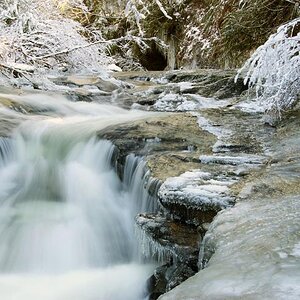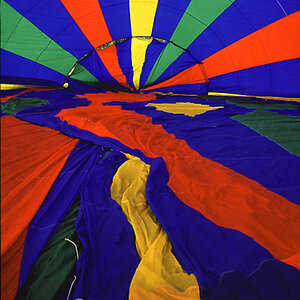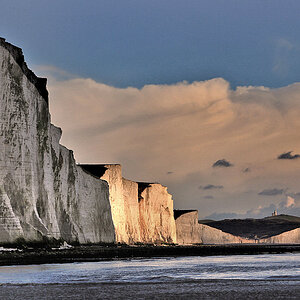angelo_lightning
TPF Noob!
- Joined
- Jul 4, 2015
- Messages
- 38
- Reaction score
- 11
- Can others edit my Photos
- Photos OK to edit
Hi. I'm pretty new to photography.
I've been studying bokeh pretty in depth, as I'm mostly doing portaits, and bokeh is extremely important in portraits.
What I've noticed, is that in a lot of 'good' examples of bokeh, they basically have a foreground and then a bokeh background. Sure, the background is blurred out. But the sharp difference between the super in focus person or object, and the creamy blur of the background around it makes it look like a cutout to me. I really just flat out do not like this look at all.
What I LOVE is when there is an object, like a rail, or a hill, the side of a persons face, or even a street, that gradually recedes into the distance. Creating a gradient of bokeh. This is what I think looks good. I was wondering what the official take on this is. I hear about leading lines and diagonal lines all the time in composition, but never in reference to bokeh.
I've been studying bokeh pretty in depth, as I'm mostly doing portaits, and bokeh is extremely important in portraits.
What I've noticed, is that in a lot of 'good' examples of bokeh, they basically have a foreground and then a bokeh background. Sure, the background is blurred out. But the sharp difference between the super in focus person or object, and the creamy blur of the background around it makes it look like a cutout to me. I really just flat out do not like this look at all.
What I LOVE is when there is an object, like a rail, or a hill, the side of a persons face, or even a street, that gradually recedes into the distance. Creating a gradient of bokeh. This is what I think looks good. I was wondering what the official take on this is. I hear about leading lines and diagonal lines all the time in composition, but never in reference to bokeh.


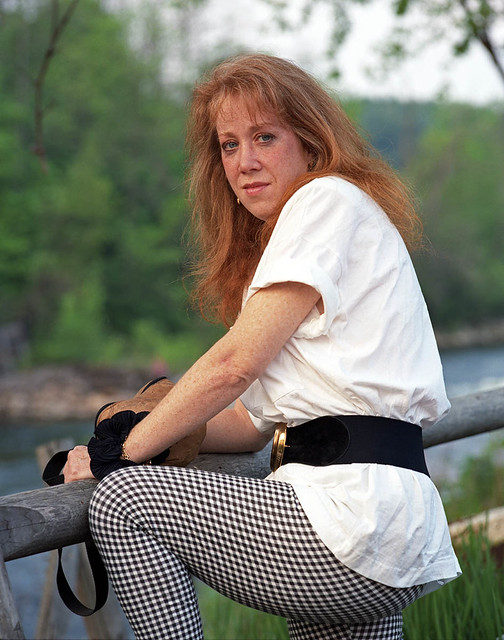 Janet fence
Janet fence Janet Flowers
Janet Flowers Julie NYC and WTC
Julie NYC and WTC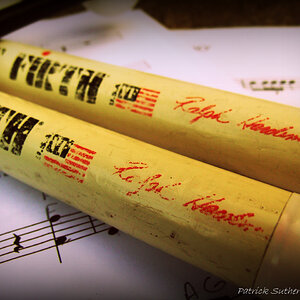
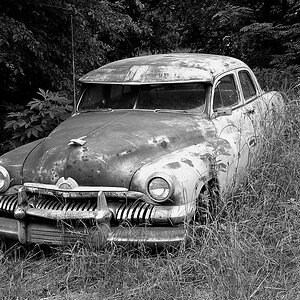
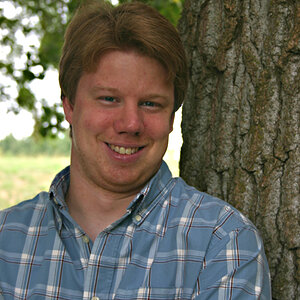
![[No title]](/data/xfmg/thumbnail/31/31977-2b717e032201241cbeae8226af23eba4.jpg?1619735136)
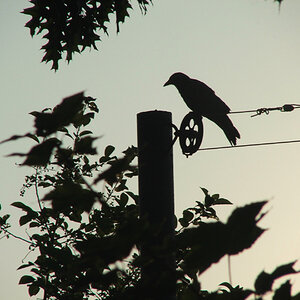
![[No title]](/data/xfmg/thumbnail/34/34064-66d345cd6eebe4b9f97597e03008d3b7.jpg?1619736260)
